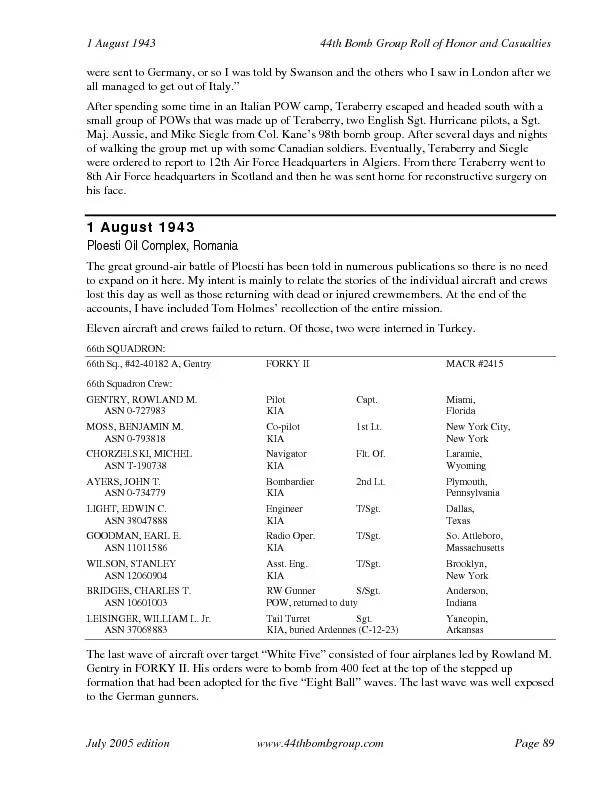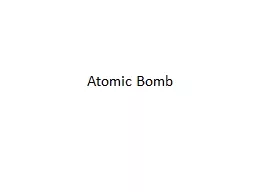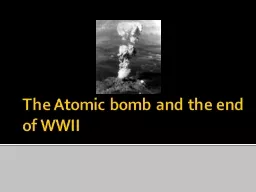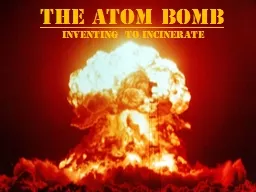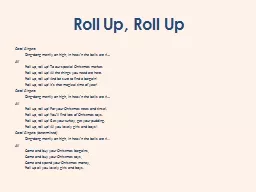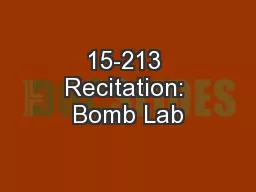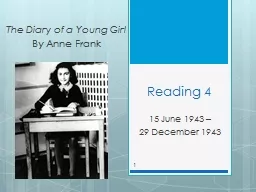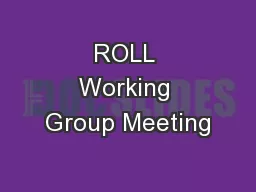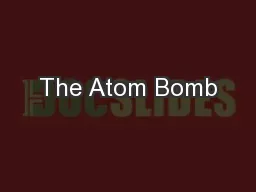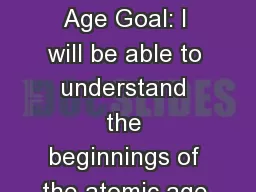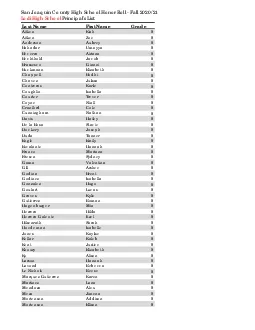PDF-44th Bomb Group Roll of Honor and Casualties 1 August 1943 Page 90 w
Author : celsa-spraggs | Published Date : 2016-07-27
66th Squadron Crew All men interned in Turkey and returned to duty HUGHES CHARLES E Pilot 1st Lt Oakdale ASN 0662790 Interned returned to duty California HUNN SPENCER
Presentation Embed Code
Download Presentation
Download Presentation The PPT/PDF document "44th Bomb Group Roll of Honor and Casual..." is the property of its rightful owner. Permission is granted to download and print the materials on this website for personal, non-commercial use only, and to display it on your personal computer provided you do not modify the materials and that you retain all copyright notices contained in the materials. By downloading content from our website, you accept the terms of this agreement.
44th Bomb Group Roll of Honor and Casualties 1 August 1943 Page 90 w: Transcript
Download Rules Of Document
"44th Bomb Group Roll of Honor and Casualties 1 August 1943 Page 90 w"The content belongs to its owner. You may download and print it for personal use, without modification, and keep all copyright notices. By downloading, you agree to these terms.
Related Documents

